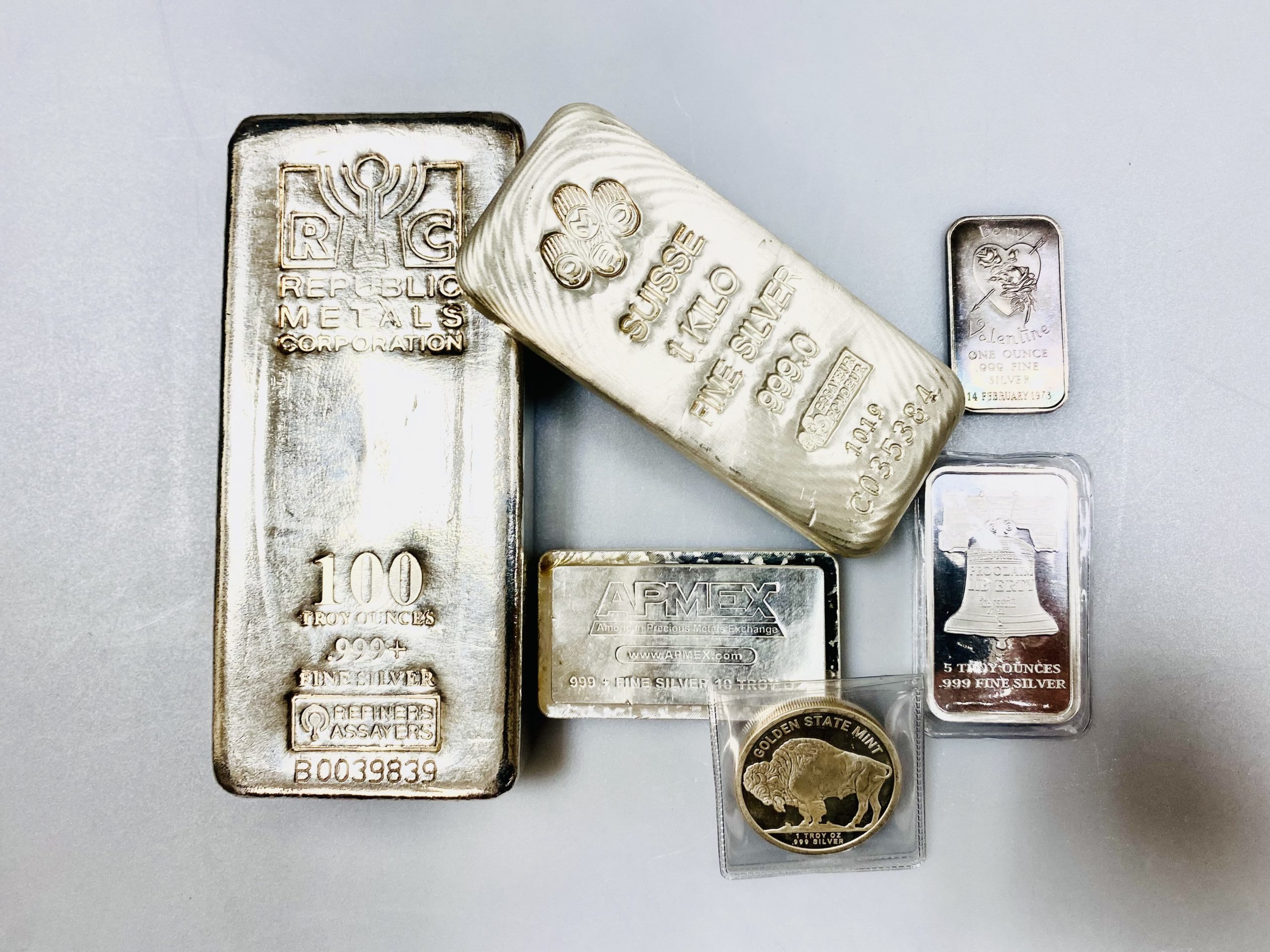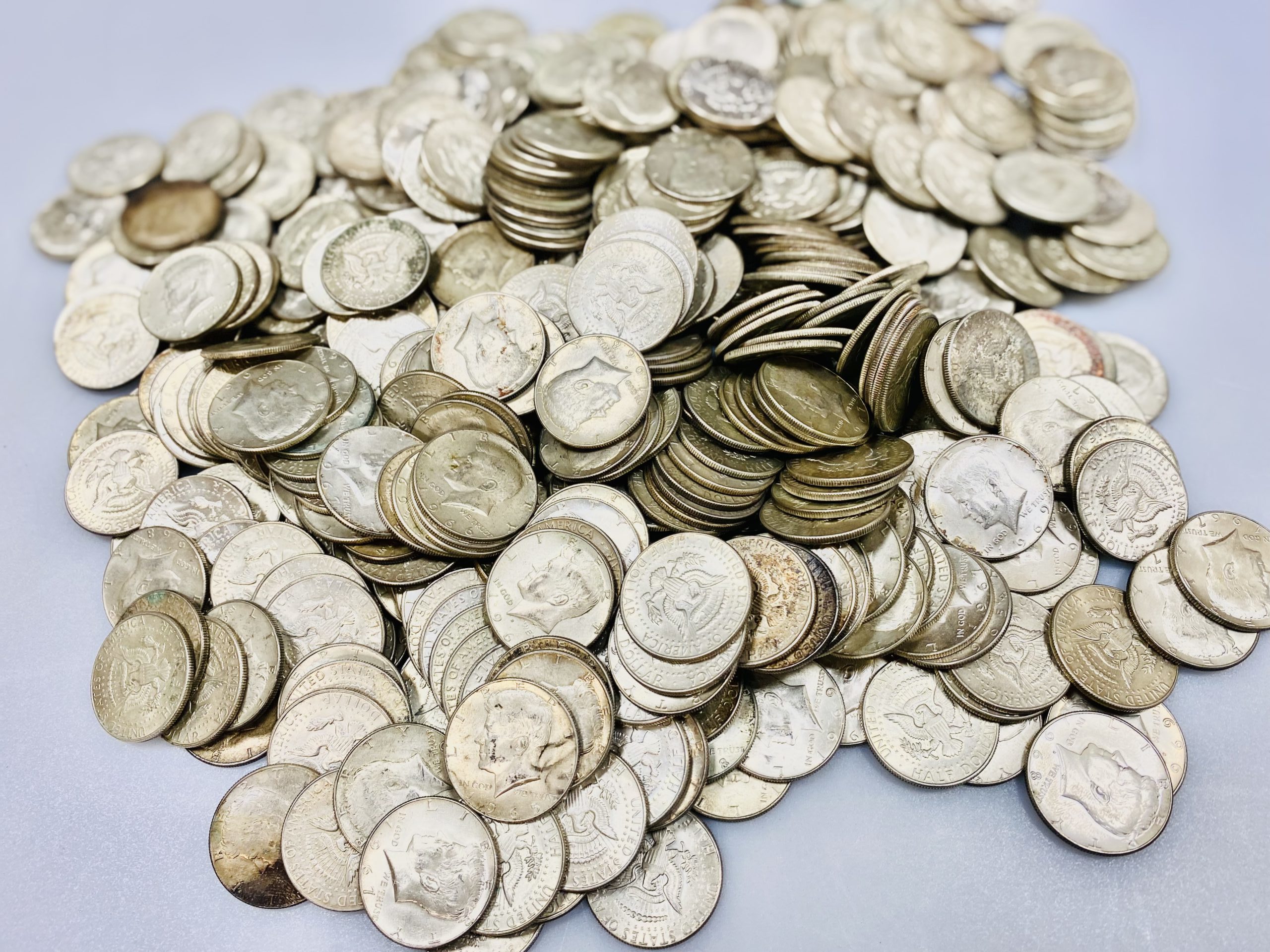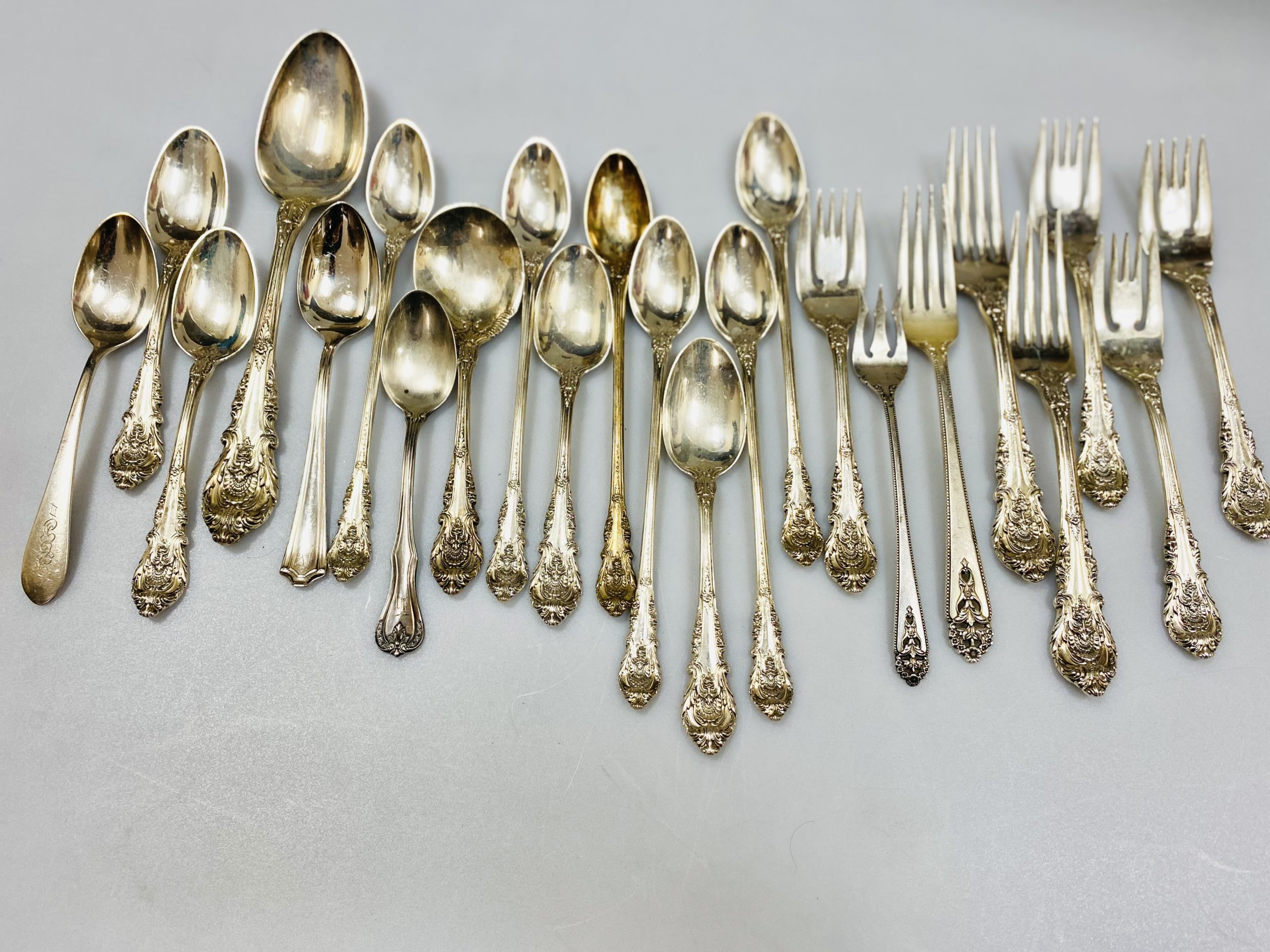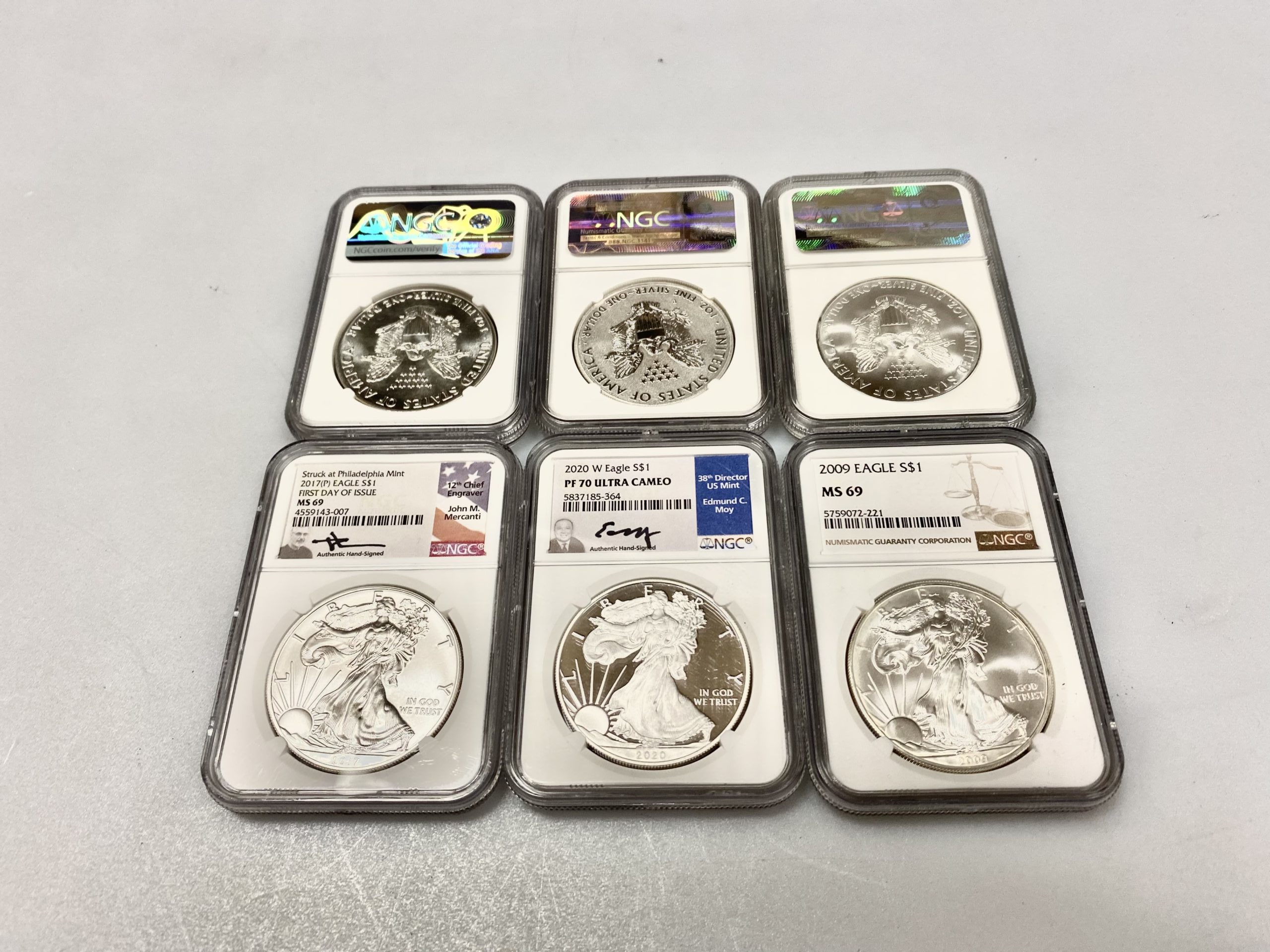

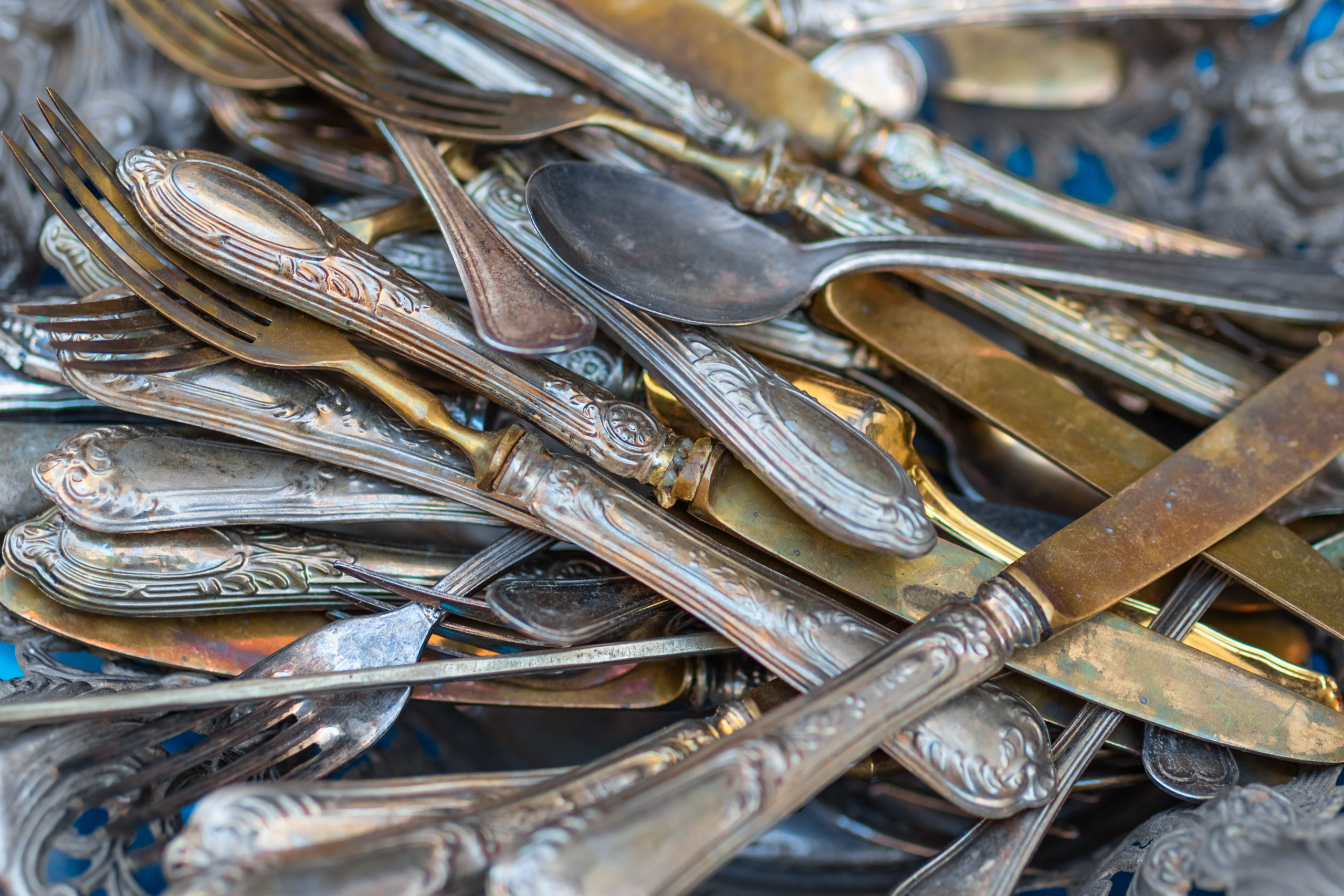

Rated #1
In an impartial investigation, Top Consumer Reviews recommended our company Cash for Gold USA over all other online buyers.



The Most Trusted Brand
Cash for Silver USA is the most trusted brand in North America to sell your silver to. We specialize in coins, sterling silver flatware and serving pieces. As well as gold and platinum jewelry, gold coins, diamonds and Rolex timepieces.

“Absolutely amazing from start to finish. I am SO pleased with how this whole process went, and I will be recommending them to everyone I know.”
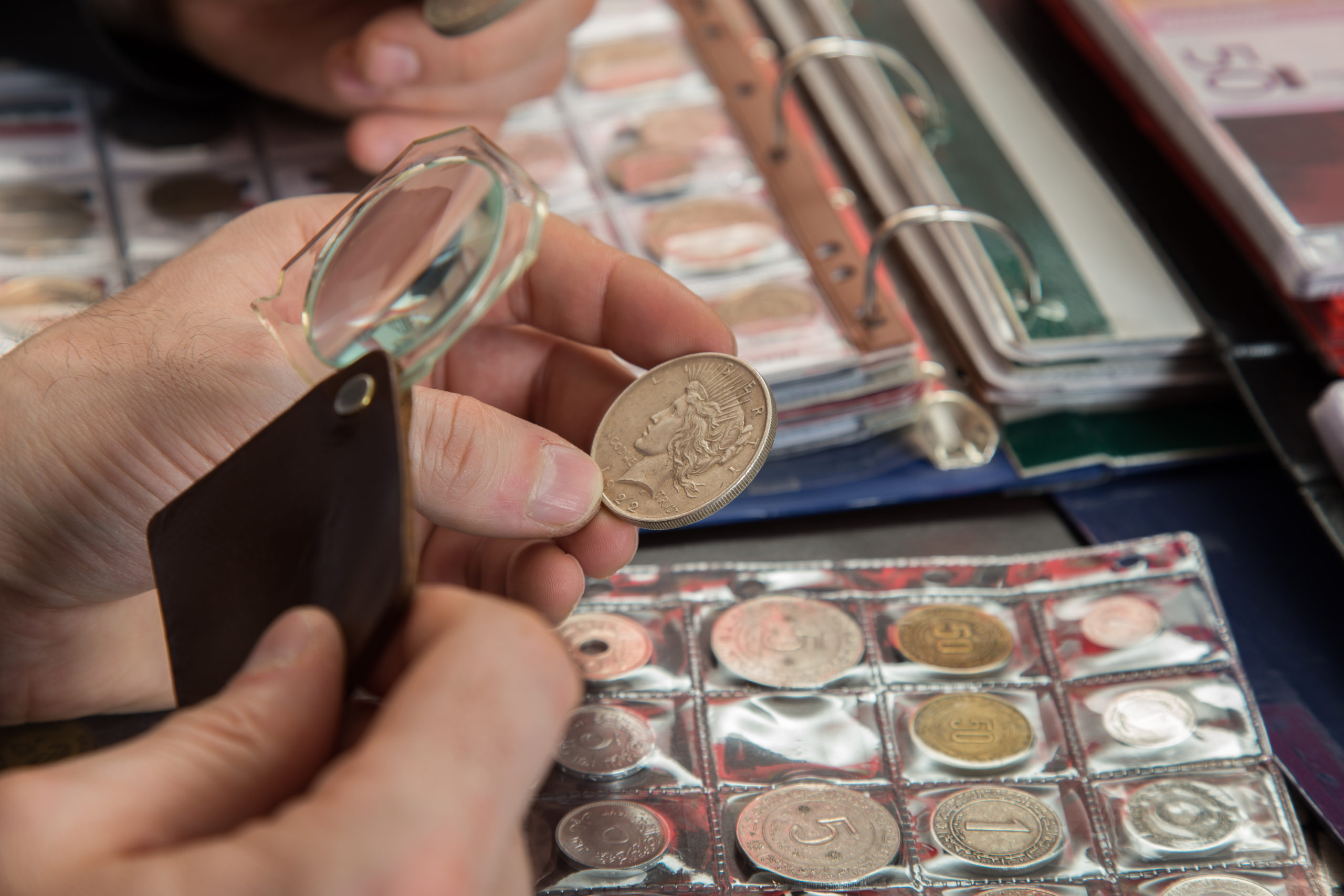

Our Guarantee
Selling your silver has never been easier. Receive our free appraisal kit which includes complimentary FedEx shipping. This will enable you to ship us your silver under the protective umbrella of our insurance company, at no cost to you. Once we receive your materials, we’ll send you an offer which you can accept or decline. If you accept, we’ll rush you payment, if you decline we’ll return your items to you. Not only does Cash for Silver USA cover the cost of shipping your silver material, but we will alleviate your worries by insuring your silver shipment against damage or loss up to $100,000 (USD). See terms and conditions. Each silver shipment possesses a unique barcode and tracking number, enabling you to track your shipment throughout every step of the process.








